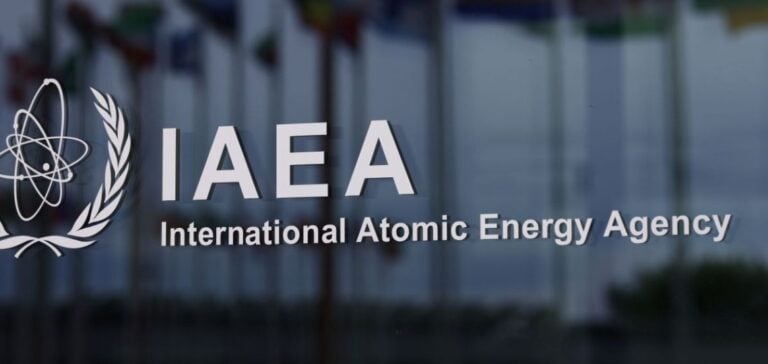The development of the Philippines’ nuclear infrastructure has reached a critical milestone with the follow-up mission conducted by the International Atomic Energy Agency (IAEA). This mission, carried out at the request of the Philippine government from December 2 to 6, assessed the country’s progress in implementing the recommendations made during the initial 2018 mission.
A strengthened national commitment
The primary objective of this mission was to evaluate the Philippines’ readiness to make an informed commitment to a nuclear energy program. Using the Phase 1 criteria of the IAEA Milestones Approach, the team of international experts observed significant advancements. These included the drafting of a national nuclear law, progress in human resource development, the establishment of a regulatory framework, and improved emergency preparedness.
The expansion of the Nuclear Energy Program Implementing Organization (NEPIO) to 24 entities also highlights the level of inter-institutional mobilization required to realize this project.
Remaining challenges
Despite these advancements, further efforts are needed to finalize the national nuclear energy strategy and conduct essential studies on critical aspects such as the electrical grid and industrial legislation. These steps are crucial for ensuring a smooth and sustainable transition to nuclear energy.
A project rooted in history
The Philippines’ interest in nuclear energy dates back to the 1970s, with the construction of the Bataan Nuclear Power Plant. However, due to financial constraints and concerns about seismic risks, the plant was never commissioned. Today, discussions are ongoing about reactivating or repurposing this historical facility as part of the country’s broader strategy.
An ambitious future
In March 2022, former President Rodrigo Duterte signed an executive order aimed at integrating nuclear energy into the national energy mix. This plan envisions the first nuclear power plants becoming operational by 2032, with an initial capacity of 1,200 MW, increasing to 4,800 MW by 2050.
Philippine Energy Secretary Raphael Lotilla hailed the IAEA’s evaluation as a testament to the Philippine government’s firm commitment to implementing a reliable and sustainable energy program.






















